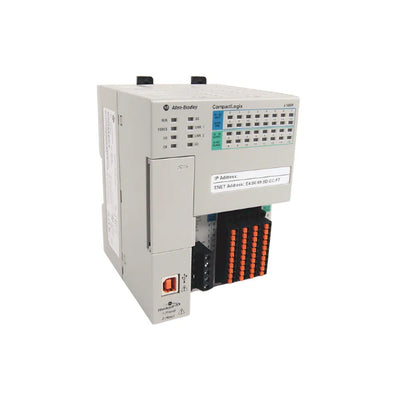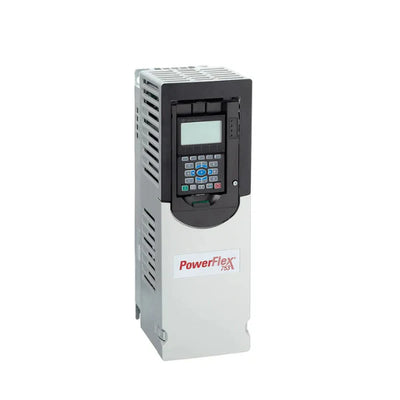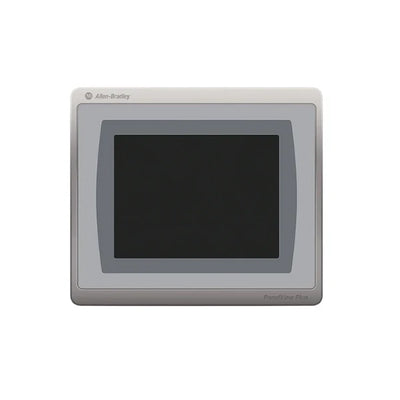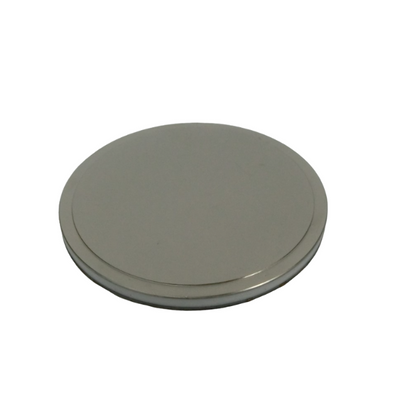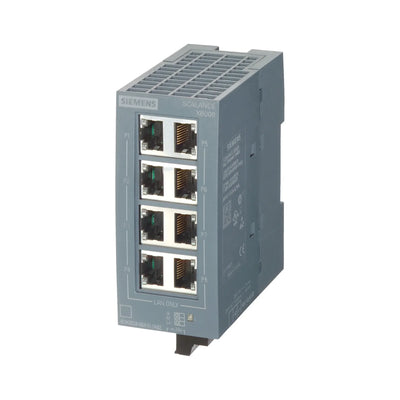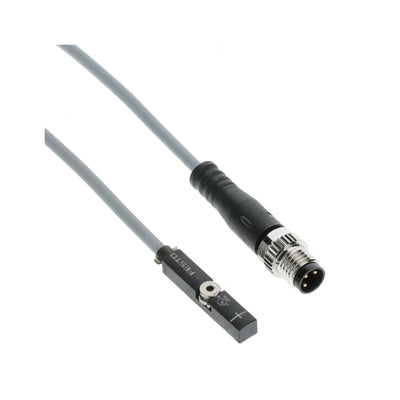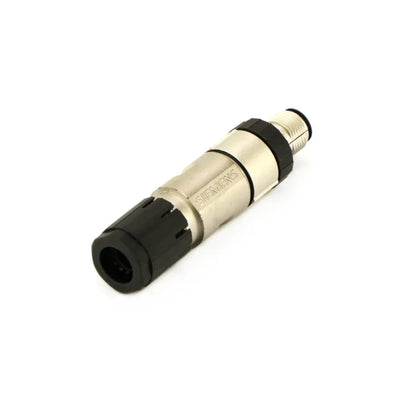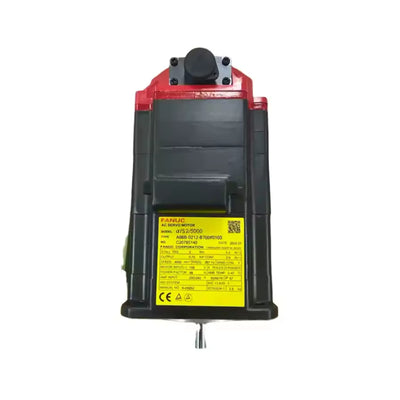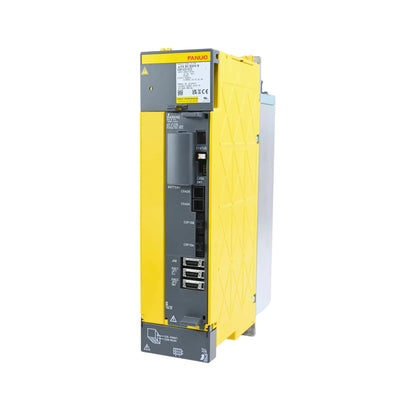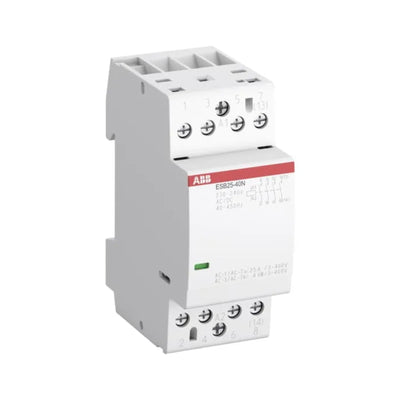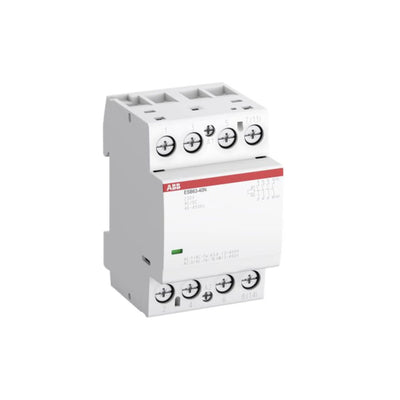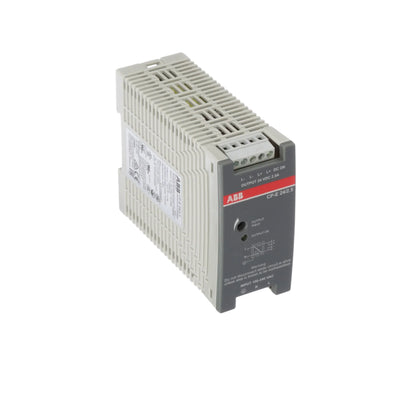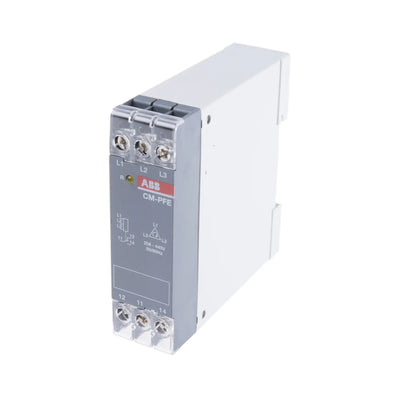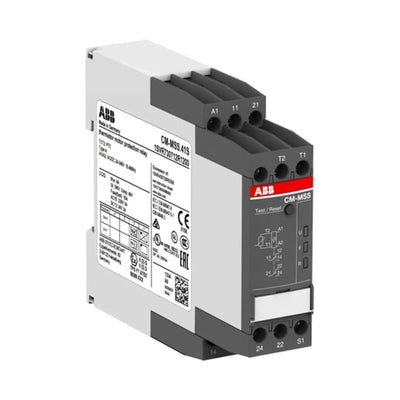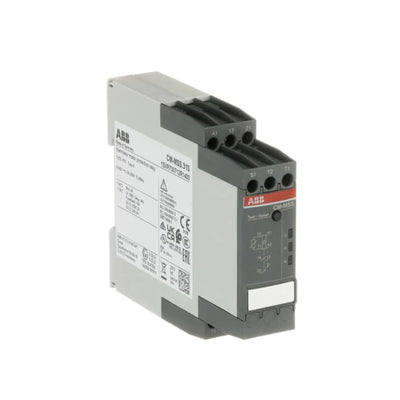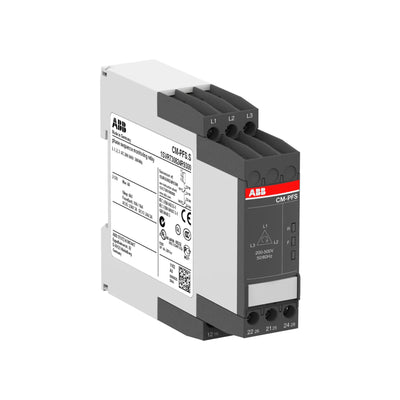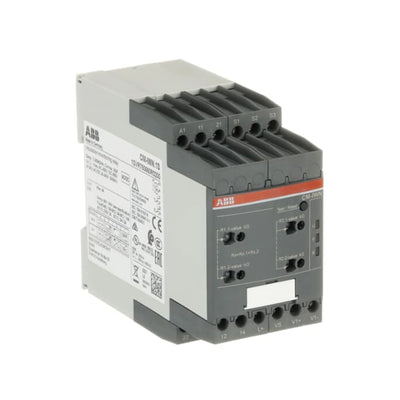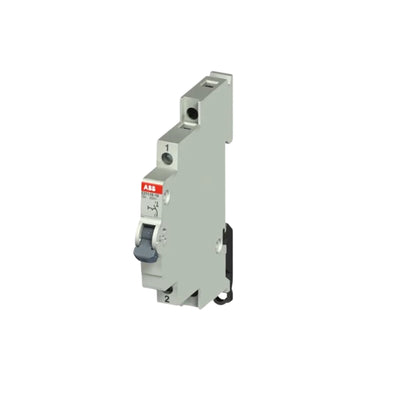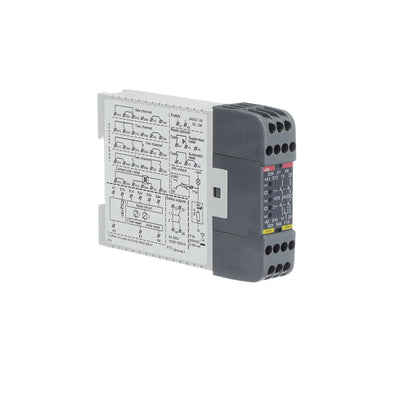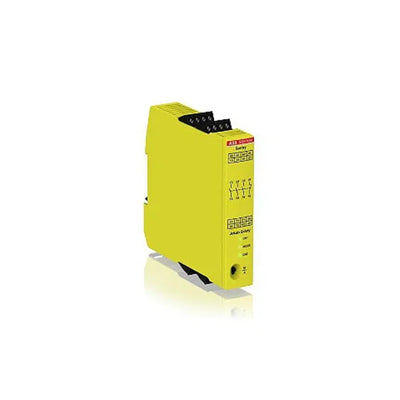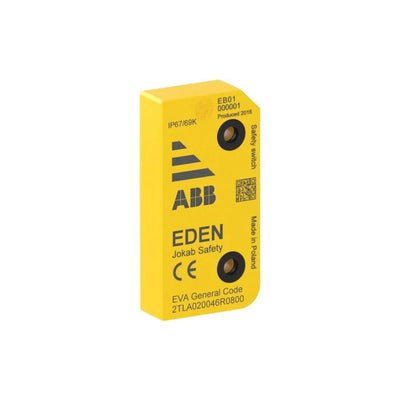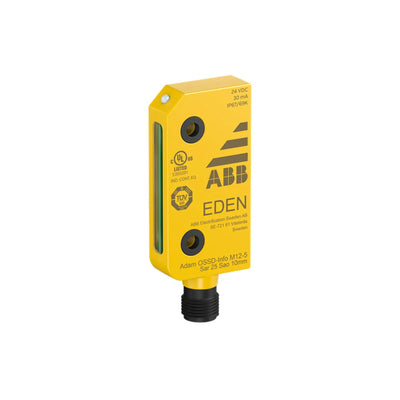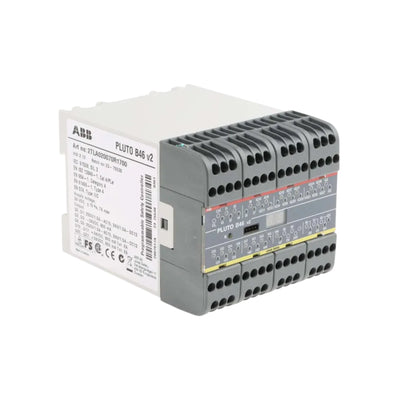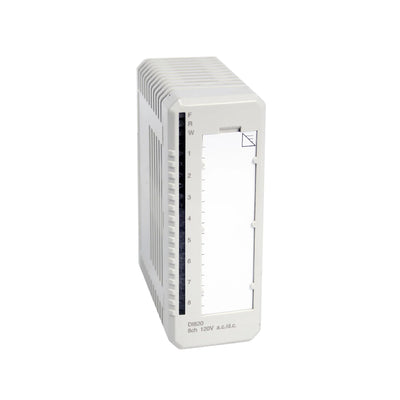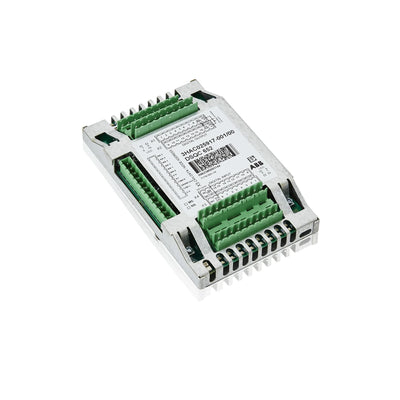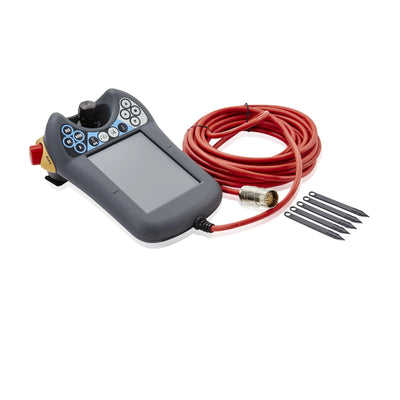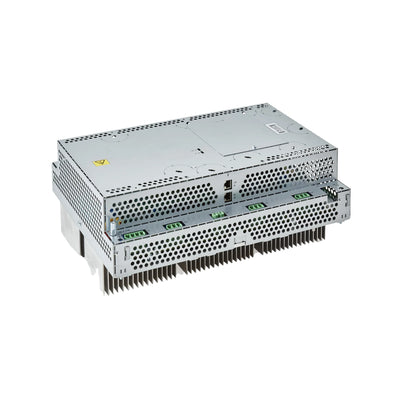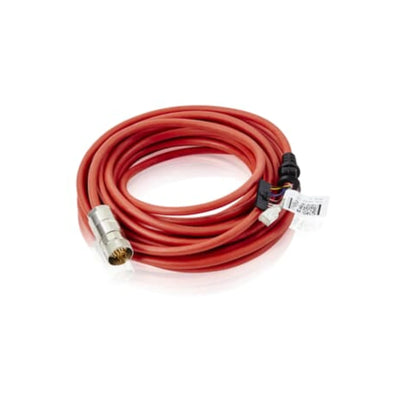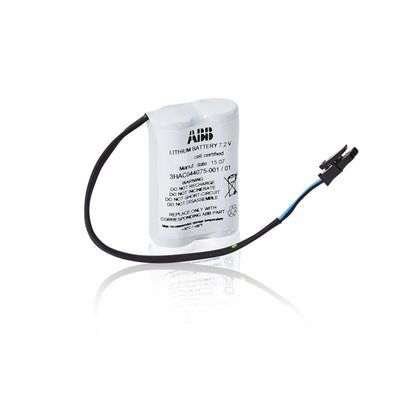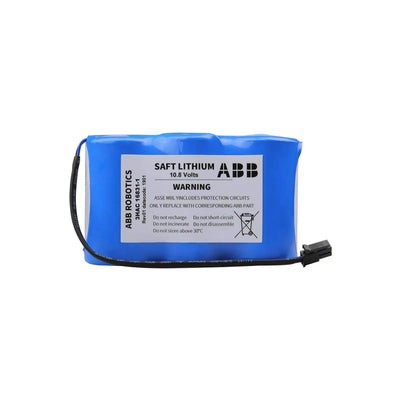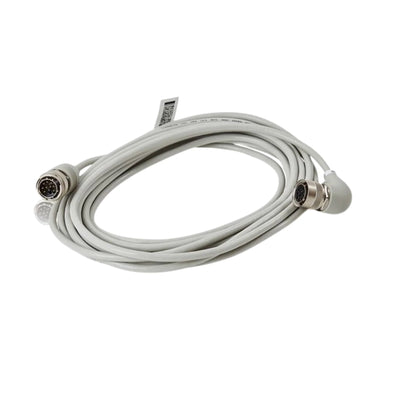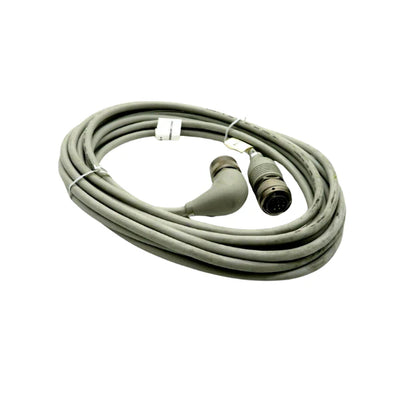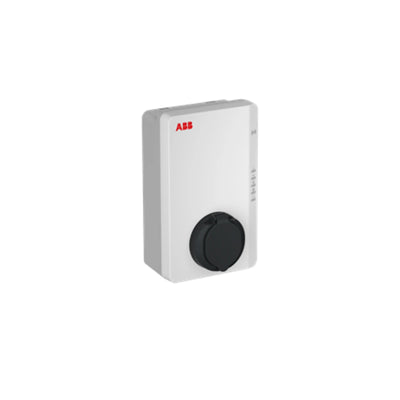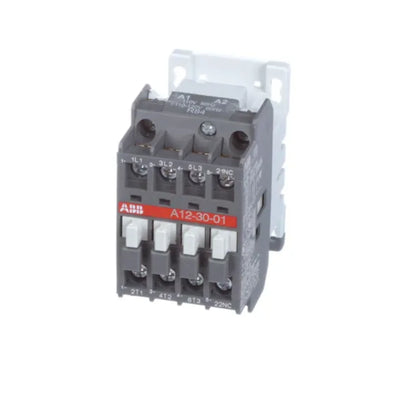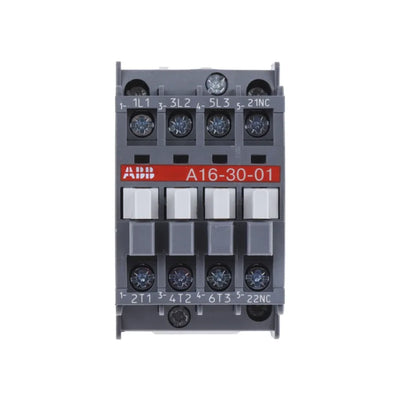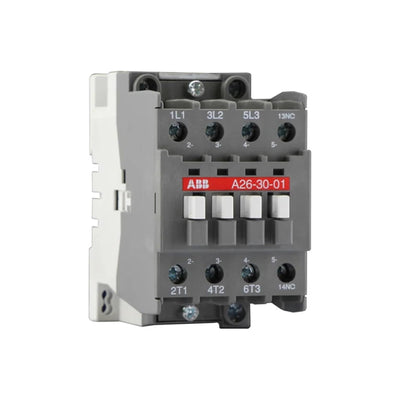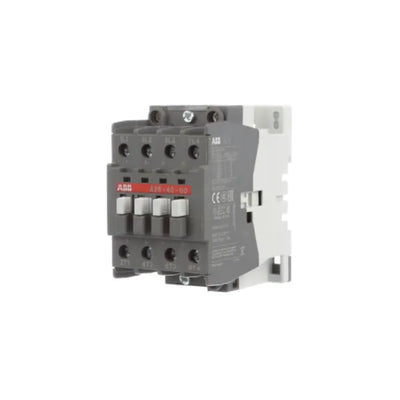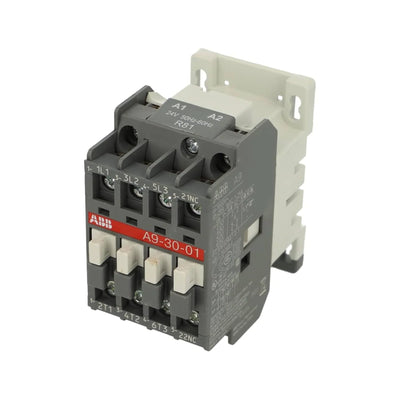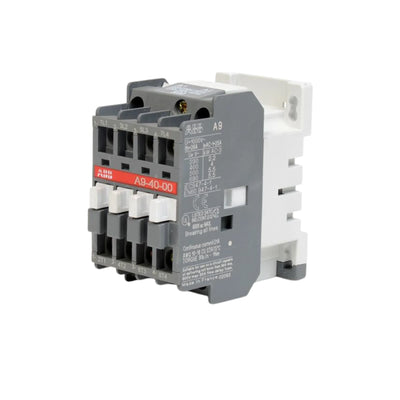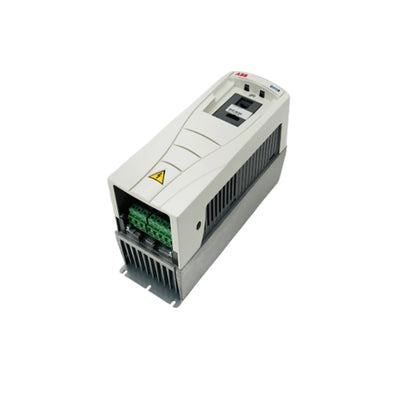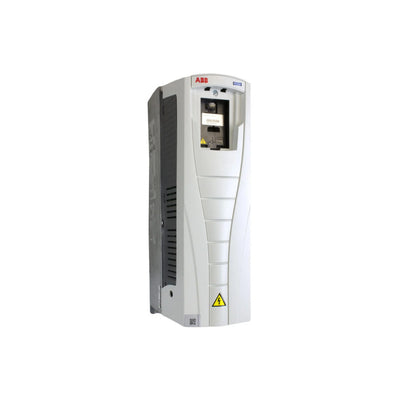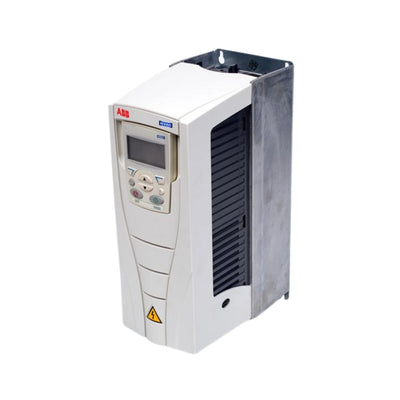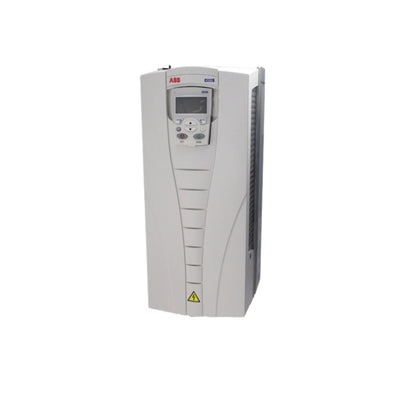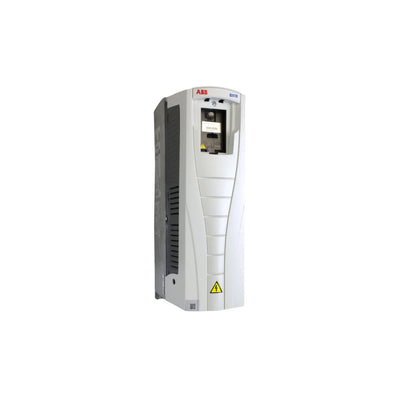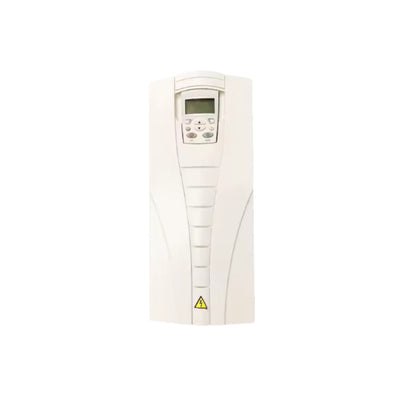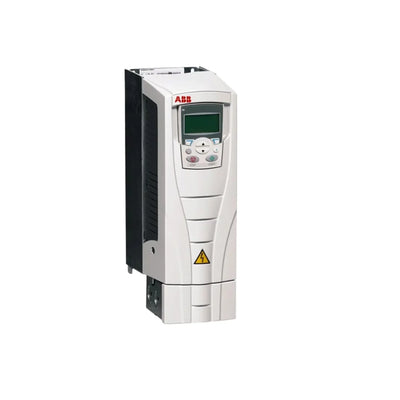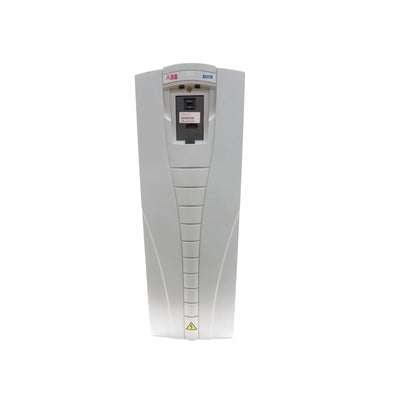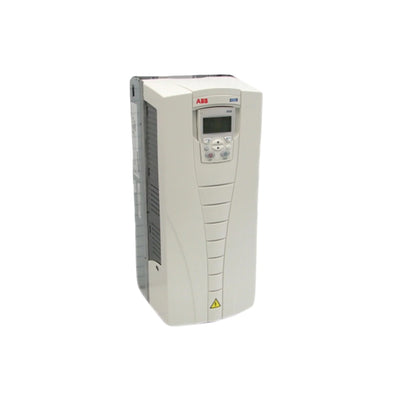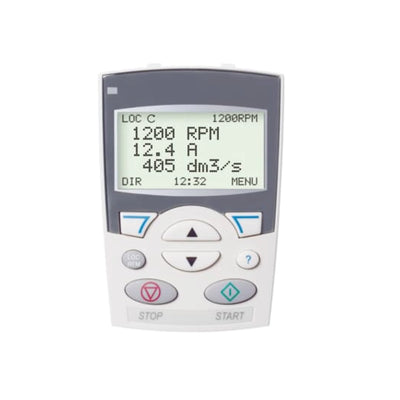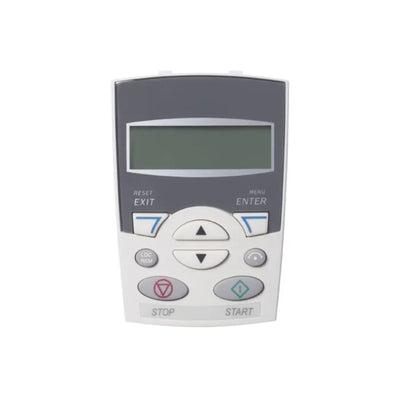Understanding PLCs: Core Components, Brands, and Optimization Strategies
Programmable Logic Controllers (PLCs) are the backbone of industrial automation, enabling real-time monitoring and control of machinery and processes across manufacturing, energy, transportation, and logistics sectors. With increased demand for automation and Industry 4.0 initiatives, searches for terms like “PLC parts,” “Allen-Bradley 1769,” “Siemens S7-1200,” and “replace I/O modules” are trending high in organic search—making this the ideal time to optimize your industrial operations.
What Is a PLC and Why Is It Essential?
A PLC (Programmable Logic Controller) is an industrial computer designed to execute control functions based on user-defined programs. It continuously monitors input signals, makes logical decisions based on the programmed logic, and sends output commands to machinery or field devices.
Industries rely on PLCs for:
-
Increased production efficiency
-
Reduction of human error
-
Predictive maintenance and remote diagnostics
-
Flexible automation and system scalability
Main Components of a PLC System
Understanding the essential components of a PLC system helps ensure proper maintenance and timely replacement of critical parts.
1. CPU (Central Processing Unit)
The CPU is the brain of the PLC. It processes input data and executes control instructions. Depending on the brand, CPUs may support local and remote I/O, safety logic, motion control, and communication protocols like EtherNet/IP or Profibus.
2. Power Supply Module
Responsible for providing regulated DC voltage to the CPU and I/O modules. Common voltages include 24V DC or 120/240V AC input, depending on the model.
3. Input/Output (I/O) Modules
These modules are the interface between the PLC and the field devices. Input modules receive signals from sensors, while output modules send signals to actuators, motors, or lights. I/O types include:
-
Digital I/O (ON/OFF)
-
Analog I/O (voltage/current signals)
-
Specialty I/O (temperature sensors, high-speed counters)
4. Communication Module
Enables communication between PLCs, HMIs, SCADA systems, and remote devices. Popular protocols include Modbus TCP/IP, EtherNet/IP, DeviceNet, and Profinet.
Top PLC Brands in the Market
Allen-Bradley (Rockwell Automation)
Widely used in North America and Latin America. Popular series include:
-
1769 CompactLogix
-
1756 ControlLogix
-
MicroLogix 1400
Known for reliability and integration with FactoryTalk and RSLogix platforms.
Siemens
Dominant in Europe and Asia. Popular PLC lines include:
-
S7-1200 and S7-1500 for modular systems
-
S7-300 for legacy applications
-
Integrated with TIA Portal and supports Profinet and Profibus.
Omron
Preferred for compact, machine-level control. Key series:
-
CP1H / CP1E
-
CJ2M
Compatible with CX-One and Sysmac Studio.
When and Why to Replace PLC Modules
Routine inspection and predictive maintenance are critical for avoiding unexpected downtime. Signs that a PLC module needs replacement include:
-
Fault LEDs illuminated on I/O modules
-
Intermittent signal transmission
-
Devices failing to respond to PLC output
-
Diagnostic errors in programming software
Recommended spare parts to keep in stock:
-
Allen-Bradley: 1769-IA16, 1769-OB16, 1756-EN2T
-
Siemens: SM1223, SM1231, S7-1500 CPU 1511-1 PN
-
Omron: CP1W-20EDT1, CJ1W-ID211
How to Improve Your PLC System
1. Upgrade to Modular Systems
Using modular PLCs allows you to expand as needed without replacing the entire system.
2. Integrate with SCADA or HMI
Connecting your PLC to an HMI or SCADA system improves visibility and remote monitoring, enhancing decision-making and minimizing downtime.
3. Implement Remote Diagnostics
Modern PLCs support Ethernet-based remote access. This allows for real-time troubleshooting, firmware updates, and program edits without being physically on-site.
4. Optimize Programming Logic
Review and optimize ladder logic or structured text to reduce cycle time and improve process reliability.
Conclusion
Whether you're building a new control panel, expanding an existing production line, or replacing faulty PLC components, understanding how PLCs function and selecting the right modules is crucial for maximizing uptime and operational efficiency. PLCpartssolution offers a wide range of new and refurbished PLC components from brands like Allen-Bradley, Siemens, Omron, Mitsubishi, and Schneider Electric—ready to ship worldwide.



















